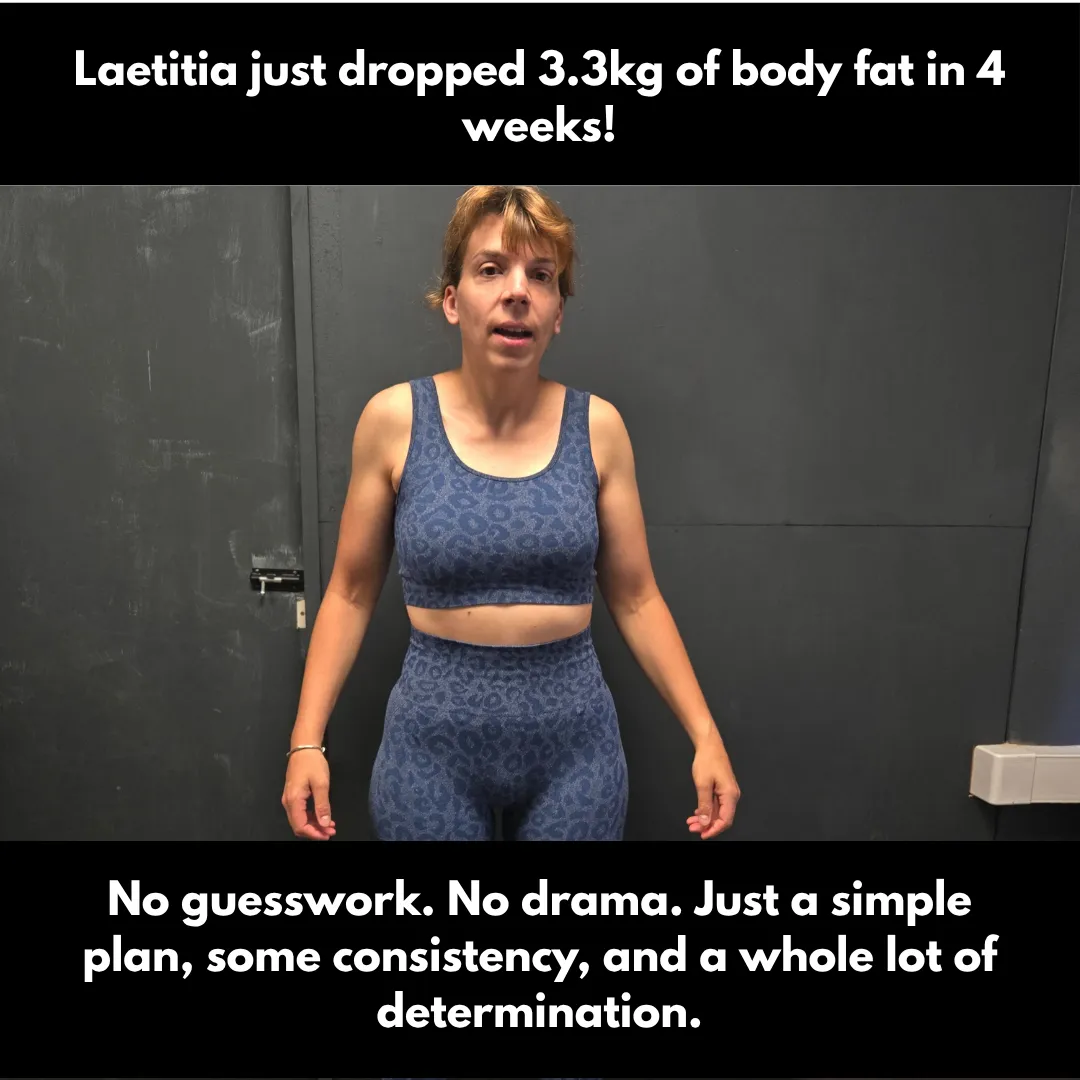Bicester's #1 Body Transformation Centre
Discover Your Best Self with Personalised Nutrition, Fitness, Support In A Private Gym In Bicester

Fat Loss vs. Weight Loss: Understanding the Key Differences for Achieving Your Goals
When people say they want to lose weight and tone up, what they’re actually seeking is fat loss and a healthier, more muscular physique. The distinction between weight loss and fat loss is crucial to ensure that fitness goals align with the results you're after. Losing weight isn’t always synonymous with reducing fat, and focusing solely on weight loss can sometimes lead to unintended consequences, such as muscle loss or a less toned appearance.
In this article, we'll clarify the difference between weight loss and fat loss, explore why fat loss is the goal most people should be aiming for, and offer practical strategies to achieve it.
1. Understanding Weight Loss vs. Fat Loss
Weight Loss is simply a reduction in overall body weight, which can include muscle mass, water, and fat. This is the metric typically measured by stepping on a scale.
Fat Loss specifically refers to reducing the percentage of body fat. It focuses on maintaining or even building muscle while shedding excess fat, resulting in a leaner and more defined appearance.
2. The Importance of Muscle Retention in Fat Loss
Muscle Mass vs. Body Fat: Muscles are metabolically active tissues that require more energy than fat, even at rest. Retaining or building muscle boosts your metabolism and makes it easier to sustain long-term fat loss.
"Toning Up" Defined: The term "toning" essentially means revealing muscles by reducing fat while maintaining muscle mass. This leads to a leaner and more defined look.
3. Common Pitfalls in Weight Loss-Only Strategies
Muscle Loss and Plateaus: Rapid weight loss methods, such as extreme calorie restrictions or fad diets, often lead to muscle loss. Losing muscle decreases metabolism, causing weight loss plateaus and ultimately making it harder to lose fat.
Rebound Weight Gain: Without a focus on muscle retention or proper diet planning, lost weight often returns, sometimes at a higher percentage of body fat than before. A theory I should write a separate post on.
4. Effective Strategies for Fat Loss
Strength Training: Incorporating resistance training into your routine helps preserve and build muscle, which is key to long-term fat loss. Exercises like squats, lunges, and bench presses target multiple muscle groups and can efficiently boost muscle mass. This is where our PT sessions sit.
High-Intensity Interval Training (HIIT): This form of cardio alternates between high-intensity efforts and rest periods. HIIT has been shown to burn fat effectively while minimizing muscle loss. This is where our C4 sessions come in.
Balanced Nutrition: A diet with sufficient protein supports muscle recovery and growth. Including lean proteins, healthy fats, and complex carbohydrates ensures the right fuel for workouts and muscle retention.
Caloric Deficit Without Starvation: A slight caloric deficit (e.g., 250-500 calories below maintenance) supports steady fat loss without sacrificing muscle. Avoid drastic calorie cuts that could lead to muscle wasting.
5. Monitoring Progress Beyond the Scale
Body Composition Analysis: Devices like callipers or bioelectrical impedance scales can provide estimates of body fat percentage to differentiate between fat and muscle changes. To use callipers correctly it can be an invasive and time consuming procedure.
Measurements and Photos: Taking regular measurements and progress photos can reveal subtle changes that the scale might miss. Great to add along bioelectrical impedance. Over time you will see huge differences.
Performance Metrics: Tracking your progress in strength or endurance activities can indicate improvements in muscle retention and physical fitness.
6. Setting Realistic Expectations
Rates of Fat Loss: Healthy fat loss typically ranges from 0.5 to 2 pounds per week, depending on the starting body composition.
Avoiding Unrealistic Goals: Focus on sustainable progress and celebrate non-scale victories like increased energy, improved performance, and clothes fitting better.
Conclusion
The journey toward a leaner and healthier physique is best achieved through fat loss, not just weight loss. Emphasizing muscle retention through strength training, nutrition, and balanced fitness routines will deliver better results and keep your metabolism revved up. By understanding the difference between weight loss and fat loss and adopting strategies that prioritize muscle, you'll move toward a more toned, stronger, and healthier version of yourself.











12 Month Transformation


Copyright 2026 | 1st4Fitness LTD | All Rights Reserved | Privacy Policy | Terms & Conditions


